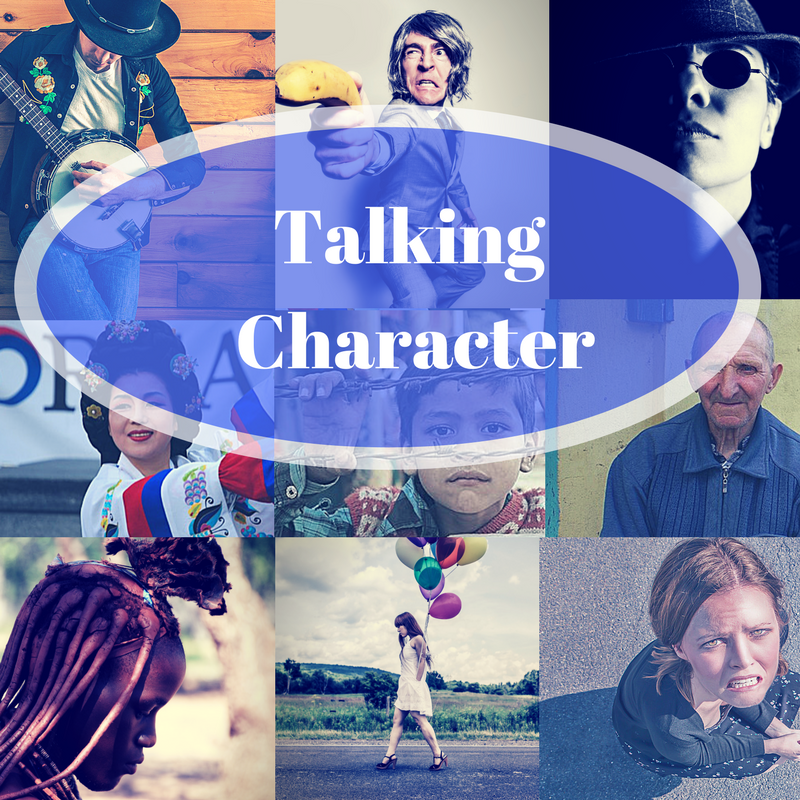Sometimes fiction authors write about real people. Especially those who write historical fiction.
Real historical characters can add a sense of credibility or realism to a story. But they must be handled carefully, because your readers will know when you stray from the truth.
Well-known figures
If you are writing about a well-known figure, such as George Washington or Thomas Edison, you will need to do extensive research to ensure you have your facts straight. The good news is that someone so well known already has a lot written about them, so the facts are readily available. The bad news is that someone so well known already has a lot written about them, so your readers already know the facts and will notice your mistakes.
On the positive side, you already know their family history, their physical description, how they talked, what their voice sounded like, the name of their favorite pet, and a myriad of other details. Your job is to choose the details that are important for your story, without ignoring or twisting the facts you don’t mention.
On the negative side, you are stuck with whatever details are known about a person, even if those facts are inconvenient. Also, you must take care, because without doing sufficient research you can easily misrepresent the truth by making false assumptions, adding details carelessly, or promulgating the commonly-held-but-incorrect legends of the person’s history (such as George Washington and the cherry tree). Also, you risk annoying readers if you choose to invoke artistic license for the sake of your plot.
Other things to consider
The larger the role a well-known figure has in a story, the more research and care the writer must take in presenting them. Bringing George Washington into a scene or two is much easier to pull off than making him one of the main characters.
However you use well-known figures, don’t cheat your readers by making historical characters two-dimensional. Don’t be tempted to fall into lazy writing, assuming the reader already knows about the character so you don’t have to bother describing them. Historical characters deserve as much attention to description and characterization as fictional characters. Use the known details to your advantage. Which details would your POV character notice, and how would she feel about them?
Little-known historical people
Lesser-known historical figures can add the same note of credibility to your writing without the problems that come with using more well-known persons. There are plenty of real historical people who lived interesting lives, but for whom we now have only a handful of facts. That lack of information might frustrate a biographer, but it creates a prime opportunity for a fiction writer. The door is wide open to fill in all those blanks in whatever way suits your story.
Just take care that you stay within the boundaries of the facts that are known. You must honor the few details that are all that is left of the person’s legacy. When there are only a handful of details to keep track of, you have no excuse for getting them wrong.
Fictional characters based on real people
Sometimes a writer uncovers a fascinating historical person that would make a great story—except for a few bothersome details. If you cannot reconcile the facts with the story you want to write, or if the person’s story includes aspects you don’t want to face for one reason or another, there is another option: Create a completely fictional character based on the real one.
This technique allows you to start with the inspiration that a real person gives but then to develop a character that has the flaws, goals, attitudes and beliefs that suits your story, your themes, and your worldview.
Just be sure to play fair. If your fictional character bears more than a passing resemblance to a real person, don’t skew the character so far from the true story that it feels slanderous. Also, if a character is based significantly on a real person, give that person credit in an author’s note.
Bottom line: Don’t be afraid of including real historical characters in your story, but do your homework and don’t forget that real people need to be developed as much as fictional ones.
[bctt tweet=”Can a real historical character add punch to your story? #writing #writetips” username=””]
Lisa E. Betz believes that everyone has a story to tell the world. She loves to encourage fellow writers to be intentional about their craft and courageous in sharing their words with others. Lisa shares her words through dramas, Bible studies, historical fiction and her blog about intentional living.
Connect with her:
Website: www.lisaebetz.com
Facebook: www.facebook.com/LisaEBetzWriter/
Twitter: @LisaEBetz






No Comments